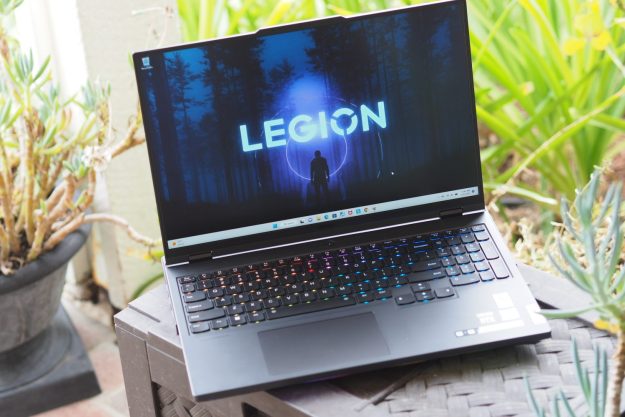From Earthlink’s press release:
The results from the SpyAudit report are culled from EarthLink’s and Webroot’s SpyAudit detection programs that run analyses of Internet users PCs and provide audited reports of spyware residing on the machines. Spyware is a rapidly proliferating type of software that secretly forwards information about a computer user’s online activities to another individual or company without the user’s knowledge or permission.
The first report is now available at http://www.earthlink.net/spyaudit/press.
“When Internet users have questions about spyware, we want them to turn to the SpyAudit report as a reliable source of current information about this growing threat to Internet privacy,” said Matt Cobb, EarthLink’s vice president of core applications.
“By tracking and publicizing the growth of spyware, we can better educate consumers of its risks and encourage them to take steps to protect themselves and their families while online,” said Christine Stevenson,Webroot Software’s vice president of marketing.
Initial SpyAudit Report Results
The initial SpyAudit report charts the overall number of scans and also the initial figures for each of the defined spyware categories from January 1, 2004 to March 31, 2004. Moving forward, press releases will chart the figures for each category and the percentage growth over the previous month’s results.
| Total Number of SpyAudit Scans: | 1,062,756 |
| Total Instances of Spyware Found: | 29,540,618 |
| Instances of Spyware per Scanned PC: | 27.8 |
| Adware Installations on Scanned PCs: | 5,344,355 |
| Adware Cookie Installations on Scanned PCs: | 23,826,785 |
| System Monitor Installations on Scanned PCs: | 184,559 |
| Trojan Installations on Scanned PCs: | 184,919 |
Analysis of Initial Results
“Over the past three months, EarthLink and Webroot found more than 29.5 million instances of spyware. This figure equates to an average of nearly 28 spyware items per computer and demonstrates the broad proliferation of spyware.” said Cobb. “While most spyware is Adware-related and relatively benign, it’s disturbing that over 300,000 of the more serious System Monitors and Trojans were uncovered. This figure represents how real a threat identity theft or system corruption is for users.”
Definitions of Spyware and Categories
Industry experts suggest that these types of programs may infect up to 90 percent of all Internet-connected computers. Typically, spyware arrives bundled with freeware or shareware, through email or instant message, or by someone with access to a user’s computer. Once on a hard drive, it begins reporting the next time the user goes online. Unlike most software applications, spyware is difficult to detect and can be difficult to remove.
System monitors are designed to keep track of a consumer’s computer activity and can record virtually everything a user does online. Keystroke loggers, a type of system monitor, record each user’s keystroke, possibly exposing the user to risk of information and identity theft. Trojans are applications that appear as harmless programs, but instead facilitate theft of computer data by permitting hackers to gain unrestricted access to computers while Web surfers are online.
The two most common types of spyware are adware and adware cookies. Adware is any software application in which advertising banners are displayed while the program is running and then sends data back to a third party without permission. Adware cookies are a mechanism that allows a Web site or software to record a user’s surfing habits without their knowledge or consent.
To further inform consumers about the dangers of spyware, EarthLink offers a free-of-charge spyware detection program, SpyAudit. SpyAudit give a fast detailed report in minutes and is available to all Internet users at http://www.earthlink.net/home/software/spywareblocker/.




